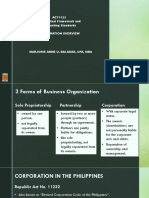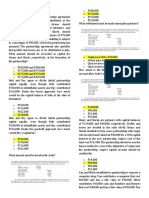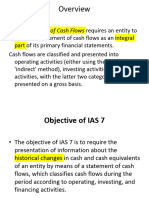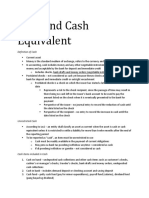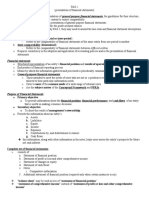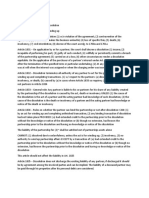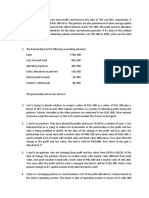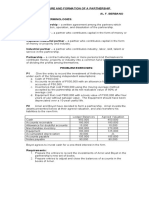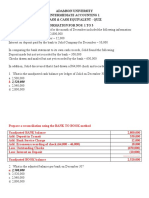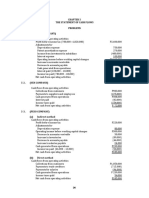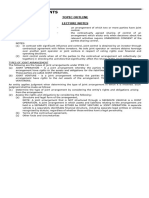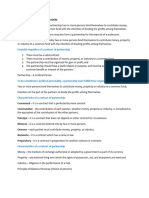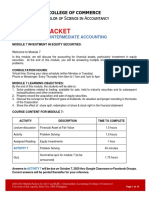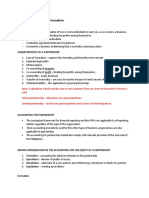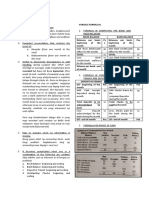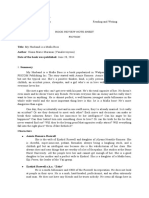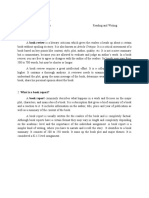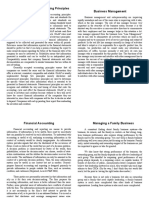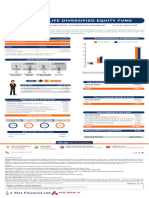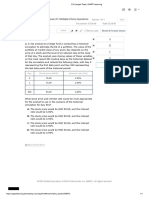0% found this document useful (0 votes)
477 views8 pagesFinmar Quiz 1 Reviewer
Providers of funds (savers) transfer capital to users of funds (borrowers) directly or through financial intermediaries like banks and investment firms. Financial intermediaries obtain funds from savers and use them to purchase securities from corporations, creating new capital or converting one form to another. Well-functioning financial markets promote economic growth by facilitating the flow of capital from savers to users. There are several types of financial markets that trade different assets on various timelines.
Uploaded by
Eleina Bea BernardoCopyright
© © All Rights Reserved
We take content rights seriously. If you suspect this is your content, claim it here.
Available Formats
Download as PDF, TXT or read online on Scribd
0% found this document useful (0 votes)
477 views8 pagesFinmar Quiz 1 Reviewer
Providers of funds (savers) transfer capital to users of funds (borrowers) directly or through financial intermediaries like banks and investment firms. Financial intermediaries obtain funds from savers and use them to purchase securities from corporations, creating new capital or converting one form to another. Well-functioning financial markets promote economic growth by facilitating the flow of capital from savers to users. There are several types of financial markets that trade different assets on various timelines.
Uploaded by
Eleina Bea BernardoCopyright
© © All Rights Reserved
We take content rights seriously. If you suspect this is your content, claim it here.
Available Formats
Download as PDF, TXT or read online on Scribd
/ 8







